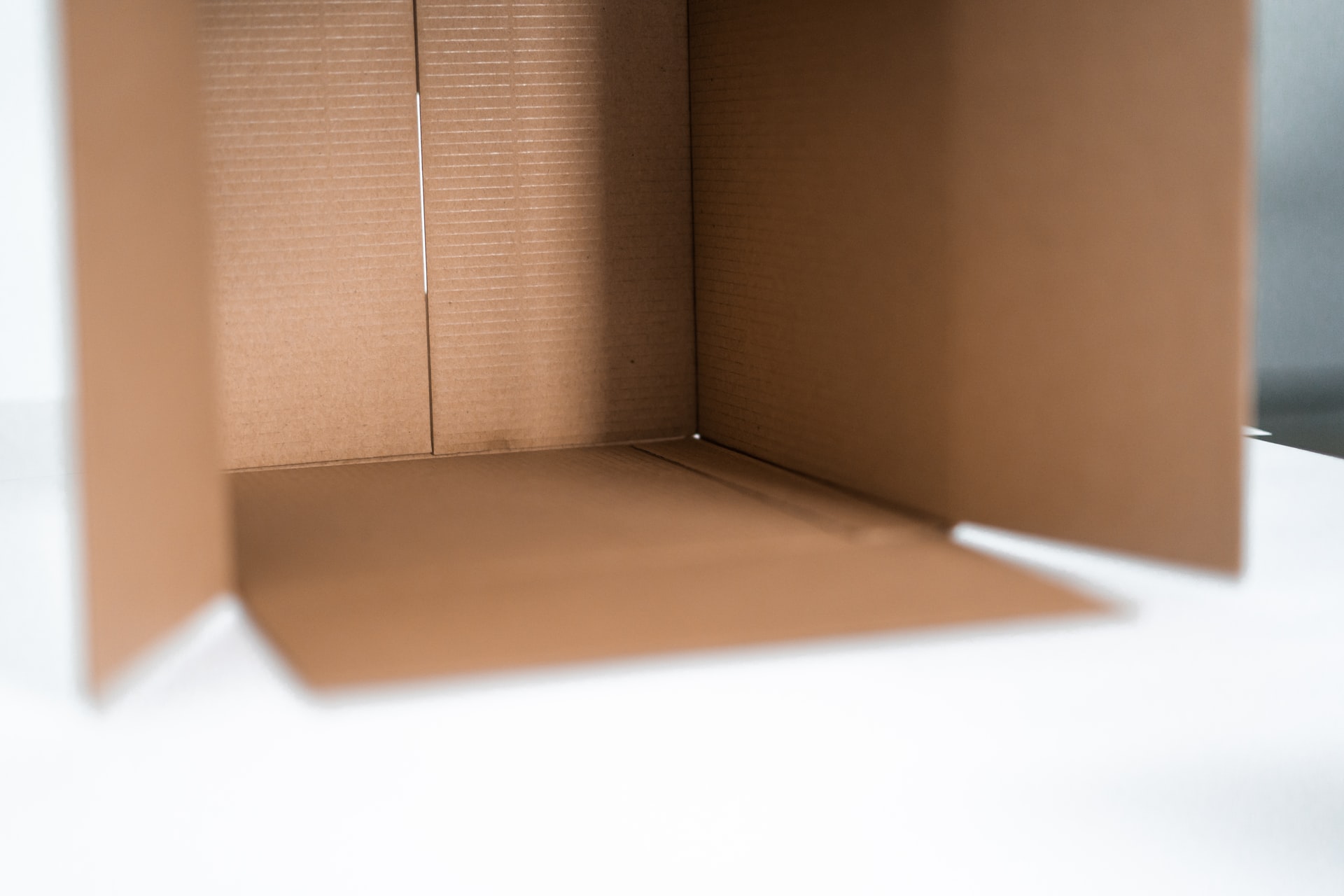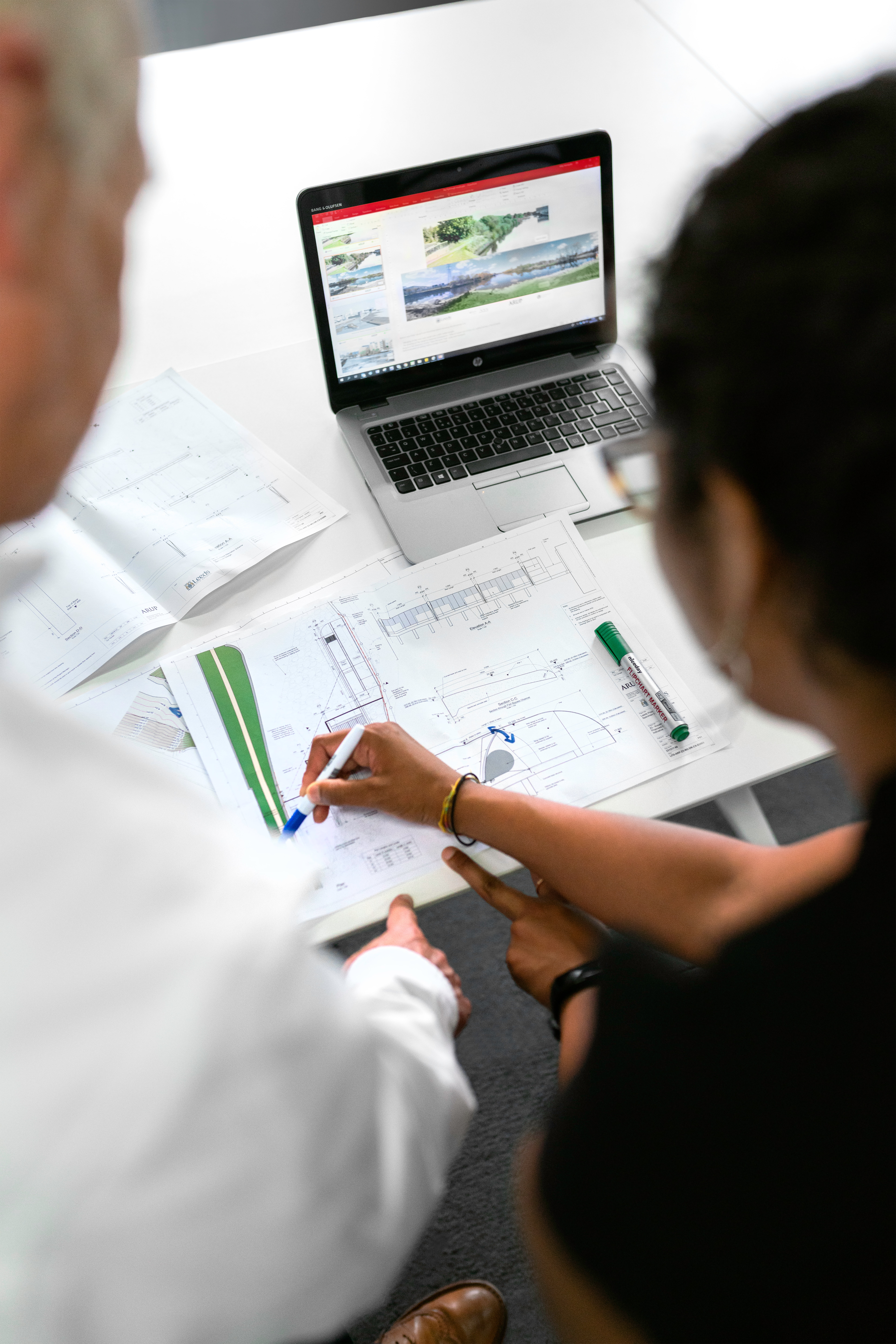With many people buying houses in 2020, and mortgage rates staying low into 2021, it’s understandable that more and more homeowners will be looking for ways to improve the homes that they’re buying. After all, even if you love the property you’re purchasing, the chances are high that it will need some renovation or redesigning in order to truly fit your needs. From adding fresh coats of paint to replacing fixtures in the bathroom, there are a variety of projects that may need to get done in the first few years of owning a home, which can be hard to prioritize.
When it comes to how to plan multiple home improvement projects at the same time, there are a few different concepts you’ll want to consider. For starters, it’s important to consider your timeline and budget, since both of these factors affect the speed and quality with which you can work on different projects. It’s also a good idea to think about how different home improvement tasks do or don’t connect with each other. For example, if you’re planning to renovate your kitchen and it shares a wall and plumbing with your bathroom, it may be most effective to work on these projects simultaneously. Read on for a few different tips and tricks to keep top of mind as you work to plan and prioritize multiple home improvement projects.
Prioritize functionality over style.
As part of buying your new home, you likely had an inspector come and take a look at different aspects of the property. For example, when you test the appliances you may find that although they work alright they could use some updating. As such, it’s important to weigh functionality against style as you consider which projects are most important to do first.
While it may be more exciting to completely renovate a bathroom with high-end finishes and features, if your stove or washing machine is on its last legs, it makes more sense to focus on getting everything in your home in working order prior to thinking about more cosmetic home improvement projects. Even though it can be difficult to reconcile this in your head, getting your appliances fixed and upgraded first means you don’t have an unexpected expense in the middle of a different remodel.
Have a contingency plan.
Especially if you’re doing projects in your home that impact your plumbing or electricity, it’s always a good idea to have a contingency plan. For example, if you’re worried that your power may go out for a day or two, it might make sense to have a place you can stay while work gets completed. Whether that’s an excuse to visit and stay with family members in the area or you want to turn it into a staycation at a local hotel, there are a few different options to consider.
When it comes to plumbing work, you may want to make sure that you have potable drinking water. There are a variety of bottled water suppliers to consider when it comes to getting high-quality water to drink if your taps aren’t operational while your home gets worked on. With many suppliers offering convenient delivery options and a diverse array of premium brands, it’s easy to create a contingency plan when it comes to having access to water in your home.
Always budget for more time and money than you expect to need.
One final tip to keep in mind as you plan overlapping projects is that many home renovations require more time and money than initially anticipated. As such, you need to be sure to budget appropriately for your projects in order to avoid becoming strapped for cash. The last thing you want while renovating your home is to have to downgrade your projects or stop something halfway to completion because of money or time running out.





